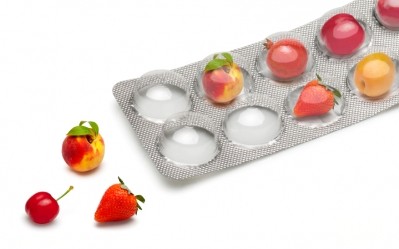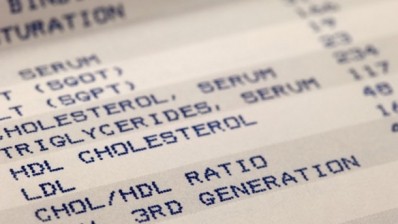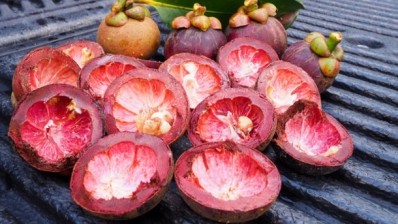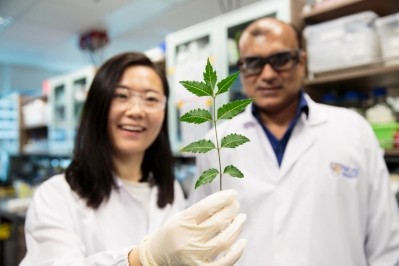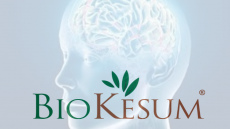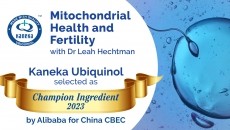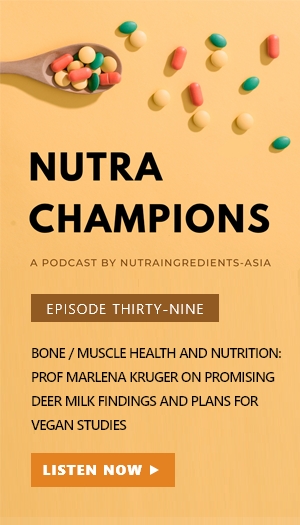Aged garlic shows antioxidant promise, but not cholesterol-lowering potential: Study
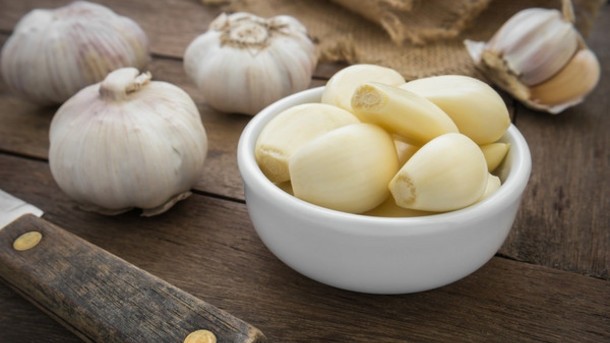
Researchers from Nanyang Polytechnic said the health benefits of raw garlic intake had been extensively studied, but little was known about the biological effects of aged garlic consumption.
“None of the reported studies have examined and compared simultaneously the in vivo antioxidant activities of garlic before and after aging. Most of the past studies also failed to elucidate the possible mechanisms by which the studied garlic preparations exert their antioxidant properties,” they wrote.
They pointed out that raw and aged garlic may differ in their antioxidant effects as the ageing processes would most likely affect the phenolic and organosulfur contents.
“However, limited data is available on the in vivo antioxidant actions of aged garlic,” they added.
Therefore, they devised a randomized, placebo-controlled, parallel-arm, double-blinded trial involving 41 hypercholesterolemic individuals to simultaneously examine and compare the blood lipid lowering and antioxidant effects after acute and extended exposures of aged and raw garlic supplements (1080 mg daily).
“Our in vivo results demonstrated that 13-week treatment with aged garlic, but not its raw garlic precursor, significantly decreased oxidative stress and alleviated lipid peroxidation in hypercholesterolemic subjects, possibly via the inhibition of myeloperoxidase.” the paper, published in the Journal of Medicinal Food notes.
They explain this might be because that several aged garlic products have shown significantly higher phenolic contents than their unaged counterparts.
It was also attributed, albeit it to a to a lesser extent, to it its higher S-allylcysteine levels.
Important determinants
However, the study points out that neither aged nor raw garlic affected blood lipid concentrations in these hypercholesterolemic participants after acute and 13-week supplementation.
The researchers, led by Dr Loke Wai Mun, wrote that processing techniques and ageing conditions were important determinants of the changes in total phenolic and organosulfur contents in the final garlic products.
“The milling and subsequent encapsulation of the final garlic product (into supplement capsule form) can also affect the total phenolic and organosulfur profiles,” they noted.
“The complex polyphenolic molecules in raw garlic may be broken down into simpler phenolic molecules by the proprietary aging processes, and thereby result in an increase in the total phenolic content in the final product.”
It was concluded that more studies should be conducted to identify the specific phenolic compounds in the aged garlic responsible for its antioxidative properties.
Source: Journal of Medicinal Food
DOI: 10.1089/jmf.2016.3693
“Aged Garlic Supplement Protects Against Lipid Peroxidation in Hypercholesterolemic Individuals”
Authors: Loke Wai Mun, et al.
